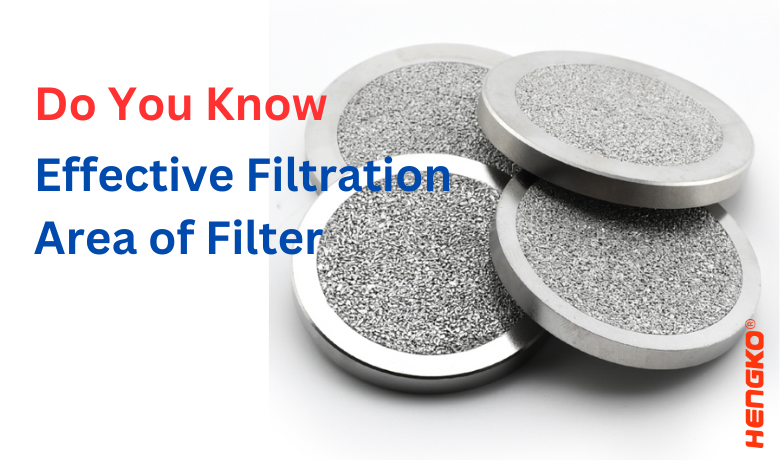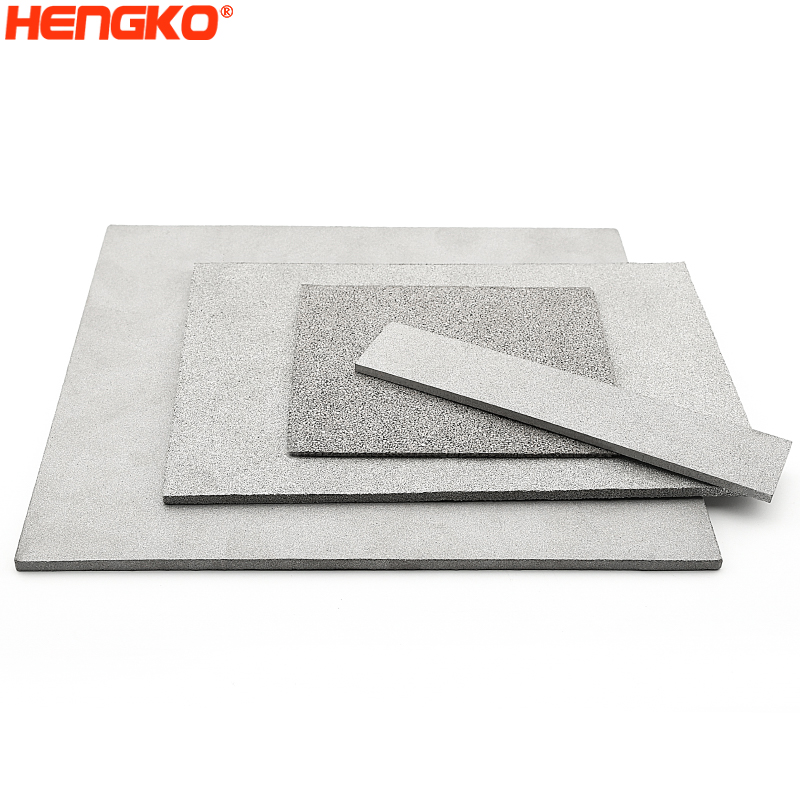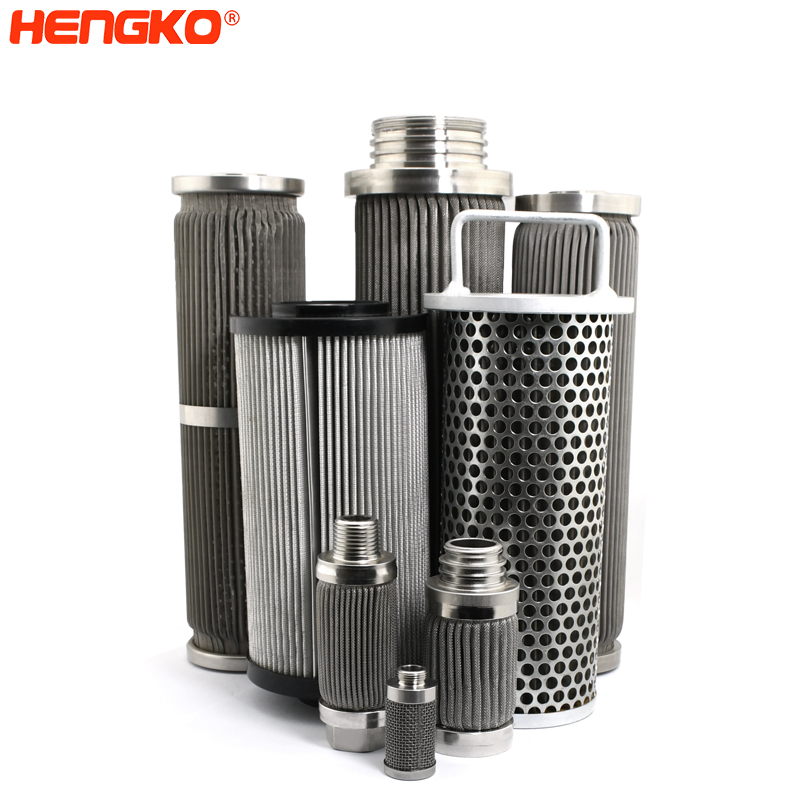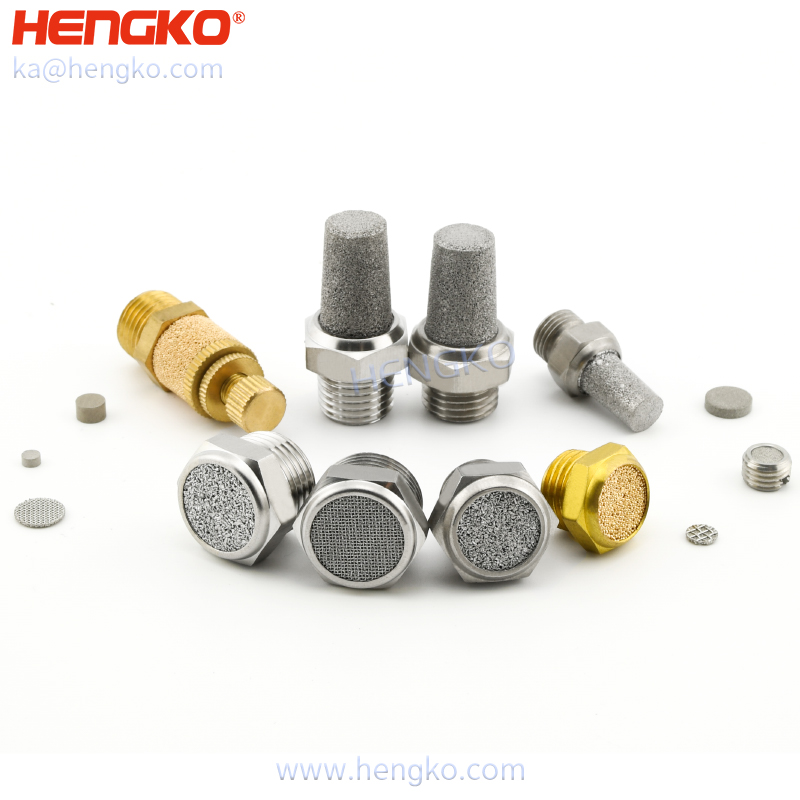
When it comes to filtration systems, the effective filtration area plays a crucial role in determining their capacity and efficiency.
It refers to the total surface area available for filtration within a filter, and understanding its significance is key to optimizing filtration performance.
We will delve into the concept of the effective filtration area and explore its implications in various filtration applications.
1. Defining the Effective Filtration Area:
The effective filtration area represents the portion of a filter that actively participates in the filtration process. It is typically measured in square units,
such as square meters or square feet. This area is responsible for trapping and removing contaminants from a fluid stream, ensuring the desired level of filtration.
2. Calculation Methods:
The method for calculating the effective filtration area depends on the design and shape of the filter. For flat-sheet filters,
it is determined by multiplying the length and width of the filtration surface. In cylindrical filters, such as filter cartridges, the
effective filtration area is calculated by multiplying the circumference of the filter medium by its length.
3. Importance of Effective Filtration Area: a. Flow Rate:
A. larger filtration area allows for higher flow rates, as there is more surface area available for the fluid to pass through.
This is particularly important in applications where a high flow rate is desired or required.
B. Dirt-Holding Capacity: The effective filtration area also influences the dirt-holding capacity of a filter.
With a larger area, the filter can accumulate a greater volume of contaminants before reaching its maximum holding capacity,
extending its service life and reducing maintenance frequency.
C. Filtration Efficiency: The effective filtration area affects the overall efficiency of the filtration process.
A larger area enables more contact between the fluid and the filter medium, enhancing the removal of particles and impurities from the fluid stream.
4. Considerations for Filter Selection:
When choosing a filter, understanding the effective filtration area is essential. It allows engineers and operators to select filters
with appropriate surface areas based on the specific requirements of the application.
Factors such as desired flow rate, expected contaminant load, and maintenance intervals should be considered to optimize filtration performance.
5. Applications of Effective Filtration Area:
Effective filtration area is a critical parameter in various industries and applications.
It is employed in water treatment systems, industrial processes, pharmaceutical manufacturing, food and beverage production,
and many other fields where efficient and reliable filtration is necessary.
Main Features of Sintered Metal Filter ?
A sintered metal filter is a type of filter made from metal particles that are compressed and fused together through a process called sintering. This filter has several main features that make it advantageous for various applications:
1. Filtration Efficiency:
Sintered metal filters offer high filtration efficiency due to their fine porous structure. The manufacturing process allows for precise control over pore size, making it possible to achieve filtration down to submicron levels. This results in effective removal of contaminants, particles, and impurities from the fluid or gas being filtered.
2. Durability and Strength:
Sintered metal filters are robust and durable. The sintering process bonds the metal particles tightly, providing excellent mechanical strength and resistance to deformation, even under high pressure or temperature conditions. They can withstand harsh environments and aggressive chemicals without degradation.
3. Wide Temperature and Pressure Range:
Sintered metal filters can operate across a broad range of temperatures and pressures, making them suitable for use in extreme conditions. They maintain their structural integrity and filtration efficiency under both high and low temperature environments.
4. Chemical Compatibility:
The filters are chemically inert and compatible with various substances. They are resistant to corrosion, making them suitable for filtering aggressive chemicals and corrosive media.
5. Cleanability and Reusability:
Sintered metal filters can be easily cleaned and reused multiple times. Backwashing, ultrasonic cleaning, or chemical cleaning can be employed to remove accumulated contaminants, extending the filter's lifespan and reducing maintenance costs.
6. Flow Rate and Low Pressure Drop:
These filters offer excellent flow rates while maintaining low pressure drop. Their unique pore structure ensures minimal obstruction to the fluid or gas flow, optimizing system performance.
7. High Porosity:
Sintered metal filters possess high porosity, allowing for a large surface area for filtration. This attribute contributes to their efficiency in capturing particles and improving throughput.
8. Customization:
The manufacturing process allows for customization of the filter's pore size, thickness, and shape, catering to specific application requirements.
Sintered metal filters find applications in various industries, including pharmaceuticals, petrochemicals, food and beverage, automotive, aerospace,
and water treatment, where precise and efficient filtration is essential for the smooth operation of systems and processes.
For many filters, the filter material has a filtration effect. The total area of the filter media exposed to the flow of liquid or air, that is usable for filtration is an effective filtration area. A wider or larger filtration area has a larger surface for fluid filtration. The larger the effective filtration area, the more dust it can hold, longer service time. Increasing the effective filtration area is a significant means to extend the serving time of filters.
According to the experience: for the filter in the same structure and filtration area, double the area and the filter will last about three times as long. If the effective area is larger, the initial resistance will be reduced and the energy consumption of the system will also be reduced. Of course, the possibility of increasing the effective filtration area is considered according to the specific structure and field conditions of the filter.
Why Choose Metal Filter from HENGKO ?
We have more than one hundred thousand of specifications and types product for your choose. The complex structure filtration products also available according to your requirement. We are specialized in sintered micron stainless steel filter element, high difficult porous metal products, super slender structure microporous filter tubes, 800 mm gigantic porous metal filter plate and disc products. If you have a high demand in the filtration area, our professional engineer's team will design a solution to satisfy your high demand and high standard.
The wind speed also will affect the use of the filter. In any situation, the lower the wind speed, the better-using effectiveness of the filter. The diffusion of small particle size dust (Brownian motion) is obvious. With low wind speed, the airflow will stay in the filter material for a longer time, and the dust will have more chances to collide with obstacles, so the filtration efficiency will be high. According to the experience, for high efficient particulate air (HEPA) filter, If the wind speed is reduced by half, the dust transmittance will decrease by nearly an order of magnitude; if the wind speed is doubled, the transmittance will increase by an order of magnitude.
High wind speed means great resistance. If the service life of the filter is based on the final resistance and the wind speed is high, the service life of the filter is short. The filter can capture any form of particulate matter, including liquid droplets. The filter produces resistance to the airflow and has a flow equalizing effect.
However, the filter cannot be used as a water baffle, a muffler, or a wind baffle at any time. In particular, for the inlet filter of gas turbines and large centrifugal air compressors, it may not be allowed to stop when replacing the filter elements. If there is no special muffler device, the working environment in the filter room will be very harsh. In particular, for the inlet filter of gas turbines and large centrifugal air compressors, it may not be allowed to stop when replacing the filter elements. If there is no special muffler device, the working environment in the filter room will be very harsh. For large mechanical silencers such as air compressors, you can choose a silencer. For example, the HENGKO pneumatic silencer is easy to install and maintain.
There are multiple models and multiple materials to choose from. It is mainly used to reduce the output pressure of compressed gas, thereby reducing gas discharge Noise. Not only air compressors but also fans, vacuum pumps, throttle valves, pneumatic motors, pneumatic equipment and other environments where noise reduction is required.
Then What You Should Considering When OEM Sintered Metal Filter ?
Manufacturing OEM (Original Equipment Manufacturer) sintered metal filters involves several steps. Here is an overview of the typical process:
1. Design and Specifications: Work closely with the client to understand their requirements, including filtration specifications, desired material, dimensions, and other relevant parameters. Collaborate on the design and finalize the specifications of the OEM sintered metal filter.
2. Material Selection: Select the appropriate metal powder(s) based on the desired properties and application. Common materials used for sintered metal filters include stainless steel, bronze, nickel, and titanium. Consider factors such as chemical compatibility, temperature resistance, and mechanical strength.
3. Powder Blending: If the OEM filter requires a specific composition or properties, blend the selected metal powder(s) with other additives, such as binders or lubricants, to enhance the powder's flowability and facilitate the subsequent processing steps.
4.Compaction: The blended powder is then compacted under pressure. This can be done through various methods, such as cold isostatic pressing (CIP) or mechanical pressing. The compaction process creates a green body that is fragile and requires further strengthening.
5. Pre-Sintering ( Debinding ): To remove the binder and any residual organic components, the green body undergoes pre-sintering, also known as debinding. This step typically involves heating the compacted part in a controlled atmosphere or furnace, where the binder materials are vaporized or burned off, leaving behind a porous structure.
6. Sintering: The pre-sintered part is then subjected to a high-temperature sintering process. Sintering involves heating the green body to a temperature below its melting point, allowing the metal particles to bond together through diffusion. This results in a solid, porous structure with interconnected pores.
7. Calibration and Finishing: After sintering, the filter is calibrated to meet the desired dimensions and tolerances. This can involve machining, grinding, or other precision processes to achieve the required shape, size, and surface finish.
8. Surface Treatment (Optional): Depending on the application and desired characteristics, the sintered metal filter may undergo additional surface treatments. These treatments can include coating, impregnation, or plating to enhance properties like corrosion resistance, hydrophobicity, or chemical compatibility.
9. Quality Control: Perform rigorous quality control checks throughout the manufacturing process to ensure the filters meet the specified standards. This can include dimensional inspections, pressure testing, pore size analysis, and other relevant tests.
10. Packaging and Delivery: Package the finished OEM sintered metal filters appropriately to protect them during transportation and storage. Ensure proper labeling and documentation to track the filters' specifications and facilitate their integration into the final products.
It's important to note that the specific manufacturing process for OEM sintered metal filters can vary depending on the desired specifications, materials, and equipment available. Customization and collaboration with the client are key to producing filters that meet their specific needs.
Please keep in mind that sintered metal filter production often requires specialized equipment and expertise. Engaging with a trusted manufacturer experienced in producing sintered metal filters is recommended for successful OEM filter manufacturing.
For 18 years ago. HENGKO always insists on constantly improving itself, providing customers with good products and considerate services, helping customers and common development. We hope to become your reliable long-term partner.
Solve your filtration challenges with HENGKO, the professional sintered metal filter OEM Factory.
Contact us at ka@hengko.com for a full solution tailored to your needs. Act now and experience superior filtration!
Post time: Nov-14-2020








